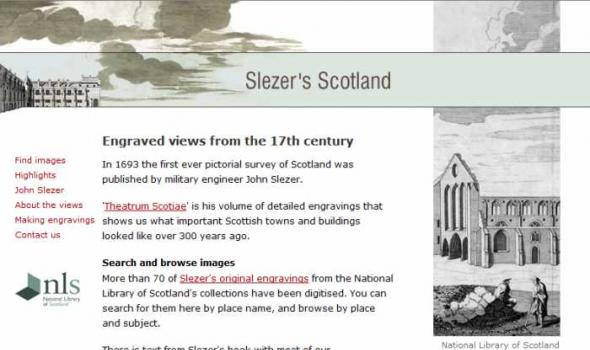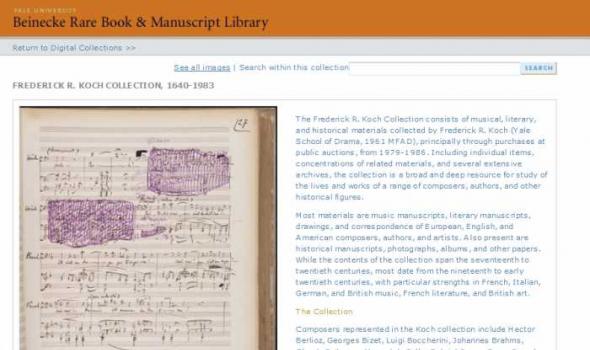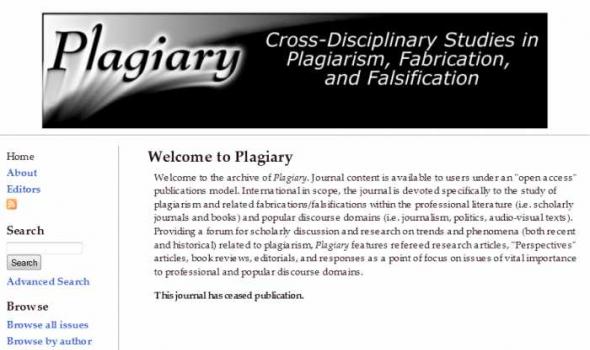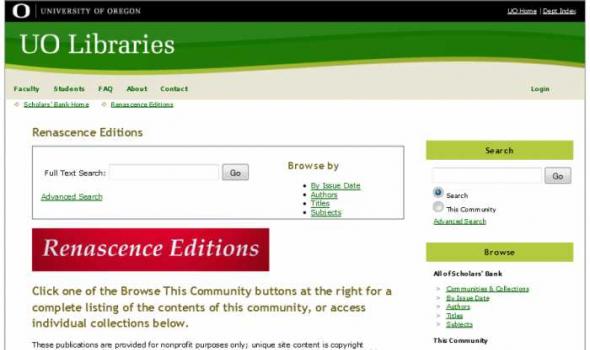Engravings
In 1693 the first ever pictorial survey of Scotland was published by military engineer John Slezer.
'Theatrum Scotiae' is his volume of detailed engravings that shows us what important Scottish towns and buildings looked like over 300 years ago.
Search and browse images
More than 70 of Slezer's original engravings from the National Library of Scotland's collections have been digitised. You can search for them here by place name, and browse by place and subject.
There is text from Slezer's book with most of our zoom-and-pan images, and we give links to relevant online maps.
Theodore Bolton Collection Theodore Bolton was a librarian, art historian, and artist. Bolton received a diploma in the arts from that Pratt Institute in Brooklyn, New York, in 1915. He studied library science at the same institute, receiving a diploma in that subject in 1924. He pursued formal academic work later in his life as well, receiving in 1937 a B.S. in education, and a M.A. in education in 1940, both from New York University. Thereafter, he received an M.F.A. from Columbia in 1955. In addition, he studied at Harvard during the summers from 1937 to 1939. Upon his retirement, Bolton and his wife moved to Coconut Grove, Florida. Theodore Bolton died at his Coconut Grove home on Friday, December 7, 1973.
In the autumn of 1609, the Italian mathematician and astronomer Galileo Galilei turned his telescope to the heavens, deciphering the cratered face of the moon, the four satellites of Jupiter, and other previously opaque features of the heavens. When, in 1610, Galileo published his Sidereus Nuncius, or Starry Messenger, the German astronomer Johannes Kepler responded with enthusiasm, praising the significance of Galileo’s observations with his own Dissertatio cum Nuncio Sidereo, or, Conversations with the Starry Messenger (1610). To whom else did the stars speak in the early modern period?
The Collection Just under 300 engravings, watercolors, and illustrations drawn from books, archival collections, and artwork from the Beinecke Library's Western Americana and General collections. Cite as: Beinecke Rare Book and Manuscript Library, Yale University
From the sixteenth through the nineteenth centuries, the royal and aristocratic courts behind Europe’s most illustrious festivals printed elaborate, illustrated volumes to record the celebrations that they organized to mark births, deaths, betrothals, weddings, coronations, and visits. Often circulated for the benefit of rival noble families and in the interests of self promotion, festival books are fascinating witnesses to aristocratic culture and art during the Early Modern period.
Established in 1916, the Department of Prints and Drawings at The Minneapolis Institute of Arts is responsible for the care, exhibition, and acquisition of works of art on paper. These include woodcuts, engravings, etchings, lithographs, screenprints, drawings, watercolors, pastels, monotypes, multiples, artists' books, and rare books. Ranging from early 14th-century illuminated manuscripts to contemporary works on paper, the Institute's permanent collection of prints and drawings is encyclopedic in scope and comprehensive in graphic media. Featured here is a selection of more than 3800 works from the Museum's permanent collection. Try searching for an artist, title, keyword or country.


























